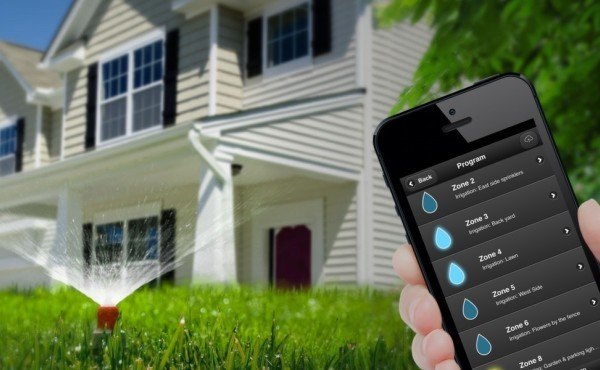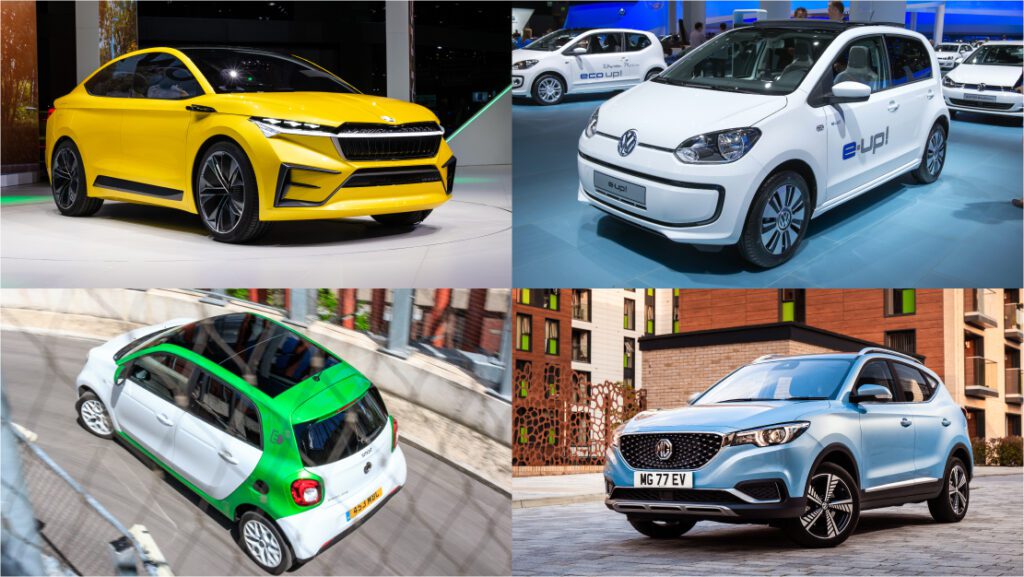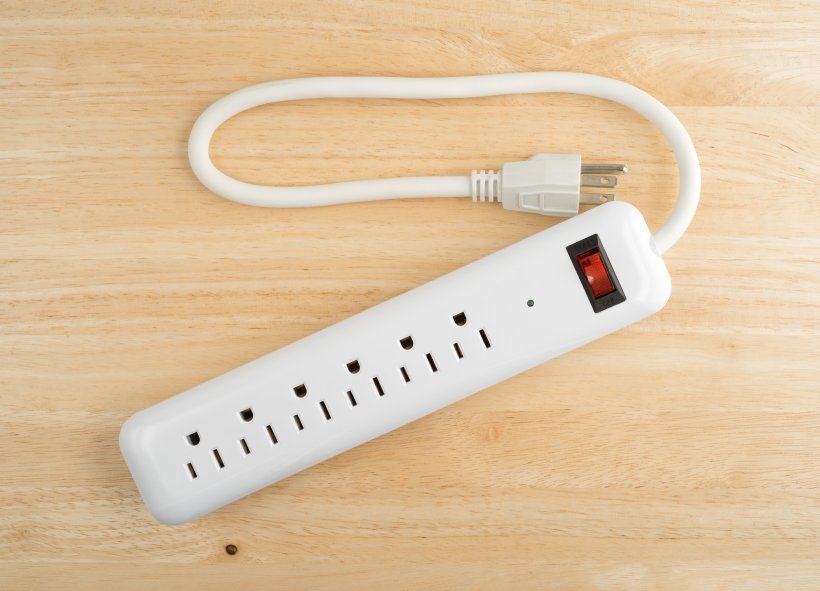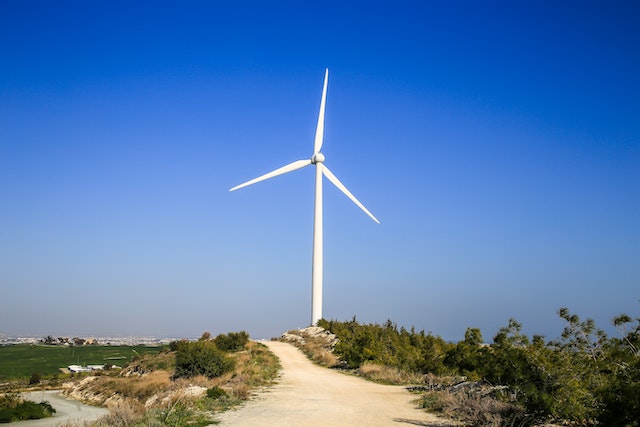Climate change is one of those pressing global issues that can only be resolved with the help of every one of us that is living on planet earth. The majority of us only think about climate change when the people close to us or we are affected by its negative effects. However, dealing with climate change requires proactive thinking and changing certain things about how we live.
Carbon footprint is one of the key metrics used to measure how our day-to-day activities impact climate. Carbon footprint refers to the greenhouse gases (mainly composed of carbon dioxide) that are emitted to the atmosphere as a result of our daily activities, including manufacturing, transportation, and other activities that require direct or indirect energy consumption.

These greenhouse gases form a layer that traps heat within the atmosphere, leading to global warming. The more greenhouse gases we emit, the more heat will likely be trapped within the atmosphere. The average carbon footprint globally is about 4 tons. Developed countries like the US, Australia, and Canada have carbon footprints above 15 tons, thanks to the many economic activities that lead to massive greenhouse gas emissions.
If you are to avoid the anticipated 2oC increase in global temperatures by 2050, we have to reduce the carbon footprint per capita to less than 2 tons. There are several ways that individuals and companies can utilize technology to reduce their overall carbon footprint. In this article, we will share some of the common ways individuals like you and me can utilize technology to minimize our carbon footprint.

How You Can Live More Sustainably To fight Climate Change

Start by knowing your estimated carbon footprint per year.
Before getting into the weeds of how to reduce your carbon footprint, the very first thing you need to do is determine the exact amount of carbon your day-to-day activities emit per year. There are several platforms that have a carbon footprint calculator that you can use to calculate your estimated footprint by inputting a few details.
One of these platforms that we recommend is nature.org. It has an easy-to-use carbon footprint calculator that only needs a few inputs to give you an estimate. Some of the inputs needed include;
- Average travel distance per day
- Electricity and water consumption per year
- The everyday foods you eat per day, including their quantities
- Your shopping habits, including the cost of goods and services
Once you provide the above information, the platform will give you an estimate of your carbon footprint. Remember, if we are to reduce the chances of getting a 20C increase in the temperature by 2050, the carbon footprint per person should be lowered to 2 tons or less. So, if your estimated carbon footprint is above 2 tons, there are a couple of things you can do to reduce it. These are some ways to lower your carbon footprint using technology.

1. Set your devices to automatically turn off when not in use
It doesn’t make sense to leave your computer or TV on even when you are not actively using them. The good news is that modern smart TVs have a setting that allows users to send it to auto-sleep if doesn’t get inputs after a certain period. Our computers and several other digital devices we use also have the option of setting the time it should stay on when not in use.
Try to lower the time to a number that won’t change how you use these devices. Do the same for all the devices that give you this option. This small change can create a noticeable impact on our energy bills hence lowering your annual carbon footprint.
2. Use more smart devices.
Smart devices are designed to do specific tasks only when they are needed. Your smart fridge will only turn if it contains items that need to be cooled or preserved. Modern heating and cooling systems are also connected to learning thermostats, so they operate only when required.

You don’t have to leave your heater on during winter just because you want to find your house at the same temperature when you return from work. Modern smart heating and cooling systems can learn your behavior over time and automatically adjust the temperature to match your needs.
Smart devices can also be remotely controlled when the need arises. All the common smart home platforms, including Apple HomeKit, Google Home, and Amazon’s smart ecosystem, can be controlled from our phones. This allows users to turn on and off these devices in case they expect to change the regular schedule that these devices are used to.
3. Switch to more efficient gadgets

Every gadget or appliance that you use in your home or office has a power rating that you always need to look at before doing the purchase. Of course, the rating of some devices like smartphones and laptops is a little hard to determine since they use several components that consume different amounts of power. For such devices, we recommend considering the power consumption of their most power-hungry components.
For example, the most power-hungry component in smartphones and laptops is the processor. Buying a computer or phone with a more efficient processor can save you a ton of energy. For instance, Apple’s latest Mac Studio has a Maximum power consumption of 370W and can achieve the same or better performance than the 2019 Mac Pro, which consumes up to 903W.
The major difference in the power consumed by these two devices is the GPU and CPU power needs. Intel CPUs and AMD CPUs in the 2019 Mac Pro need almost three times more energy to do the same task as the Apple M1 Max and Ultra chips in the 2022 Mac Studio. If you are cautious about your carbon footprint, choosing between these devices will surely be a no-brainer.
4. Avoid printing documents
This applies mainly to businesses and offices. There is no excuse for printing documents, yet you can share their soft copies because most of your recipients most likely have a computer or smartphone. Even if you want handwritten signatures, we now have digital tools such as styluses that can be used to create signatures on digital devices.
The papers you use to print documents are made from cutting trees that are crucial to fighting the adverse effects of greenhouse gases. These papers are also manufactured and transported using energy, which adds to their carbon footprint. So, sharing soft-copy documents can make a noticeable change to your annual carbon footprint.
5. Opt for virtual meetings

Instead of traveling hundreds or thousands of miles to attend your next meeting, opt for virtual ones whenever possible. The Covid19 pandemic taught us that virtual meetings can be as effective as in-person meetings if you use the right tools. Platforms like Zoom, Google Meet, and Microsoft Teams are now more advanced than ever to facilitate any kind of virtual meeting.
These platforms are also secure, especially zoom, which allows end-to-end encryption for all the files you share during your meetings. If you are the kind of person who is always on the train or plane traveling to attend meetings, then changing to virtual meetings will have a huge impact on your annual carbon footprint.
Besides meetings, you can also cut down on some unnecessary visits if possible. This doesn’t necessarily mean you stop visiting your family and friends. You should simply regulate your visits if you are doing it so frequently. You can reach out to them via FaceTime once in a while instead of doing a physical visit.
6. Buy an EV if you can afford it.

The lifetime carbon footprint of an EV is significantly lower than that of an equivalent gas car. The footprint of EVs is mainly during production, especially their massive battery components that utilize a lot of water and other natural resources when being made. However, this footprint is significantly offset during the driving period.
Your EV’s carbon footprint will be reduced even further if you use renewable energy to charge it. For instance, if your home is powered by wind energy, you can always charge the car overnight to avoid using other charging networks with less clean energy. So, the source of energy that you use to charge your EV can play a major role in reducing your carbon footprint.
It is important to note that EVs are significantly more expensive than gas cars. However, the lifetime cost of ownership is lower because electricity is way cheaper than gas. EVs are also much cheaper to maintain because they have fewer moving parts than gas cars. So, if you factor in maintenance and energy costs, it would be correct to say EVs are cheaper over time.
7. Use smart power strips.

In the US, electricity contributes more than 25% of the carbon footprint, making it the second largest contributor behind transportation. This trend is similar in almost every other country. Lowering your energy bill will surely have an impact on your annual carbon footprint. Using smart power strips is one of the tested methods that you can use to lower your energy bill.
A smart power strip reduces energy bills by assessing your electricity usage and automatically disabling all appliances and devices you are not actively using. For instance, if you switch off your smart tv, a smart strip will automatically turn off all the other devices attached to the TV. These devices may include your sound bar, DVD player, gaming console, and more.
Power strips will also turn off the heat in your shower if you forget to switch it off after showering. The main goal of the smart power strip is to ensure that power is being utilized by appliances and devices that are actively being used. Any device that is redundant will automatically be turned off. This will lower both your energy bill and your annual carbon footprint.
8. Use smart plugs

Smart plugs work almost in a similar way as smart bulbs. With smart plugs, you can turn your device on and off from your phone or computer. Some more advanced ones also allow users to schedule when to turn their devices on and off. For instance, if you want to charge your phone just a few hours before waking up, you can schedule your smart plug to turn on at 4 am.
These plugs can also be very helpful in times when you forget to turn off any of your devices when you leave home. You can always check your app to see the devices that are on and decide whether to turn them off. In addition to monitoring if your devices are on or off, some smart plug apps can give you details of the power consumed by each device or appliance.
Knowing the appliances and devices that take up most of your power will give you an idea of which ones to replace with energy-efficient ones.
9. Advanced window controls
Advanced window controls will gradually vary the amount of light entering your house depending on the intensity of the sunlight. These controls are connected to your smart lights, so they will automatically turn them on and off to ensure appropriate lighting in the house or office without wasting energy.
They have light sensors that can detect the amount of light inside and outside the house. If you have a habit of forgetting to turn off your lights during the day, advanced window controls can assist you with that.

Final thoughts
We have covered some of the technology solutions that you can use to lower your carbon footprint. Most of these technologies don’t require any significant investment before you can utilize them. As you might have noticed, some of them require simply installing an app on your phone. Using some of the above solutions may at times be inconvenient to some extent. However, that’s that small price you can choose to pay to lower your carbon footprint.



